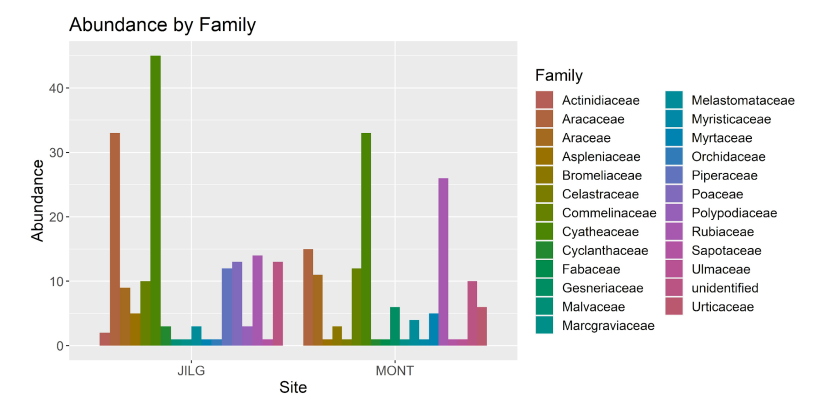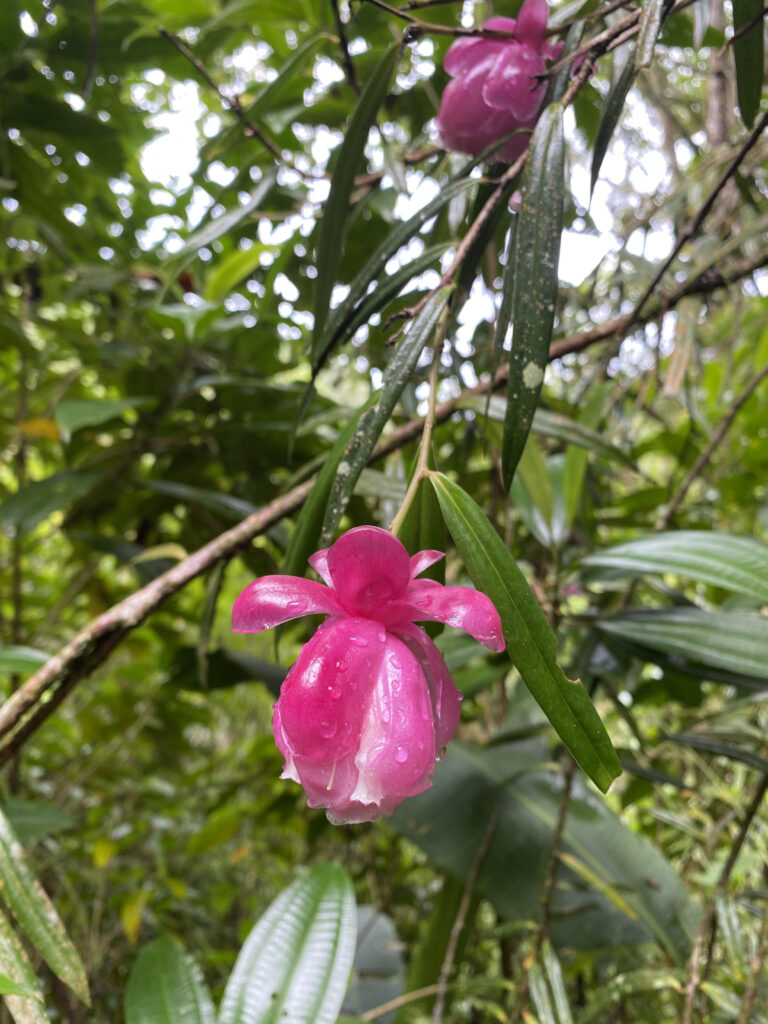
The outstanding rate of forest growth in tropical climates is just one example of how resilient forests can be. Globally, deforestation has been a hot topic of discussion as we’ve seen countless hectares of forest be cut down throughout the last two millennia. Luckily for both the forests and for wildlife, forests are one of the few natural environments that can be restored with some time and effort. Although, how long does it really take for a forest to rebuild itself after being cut down?
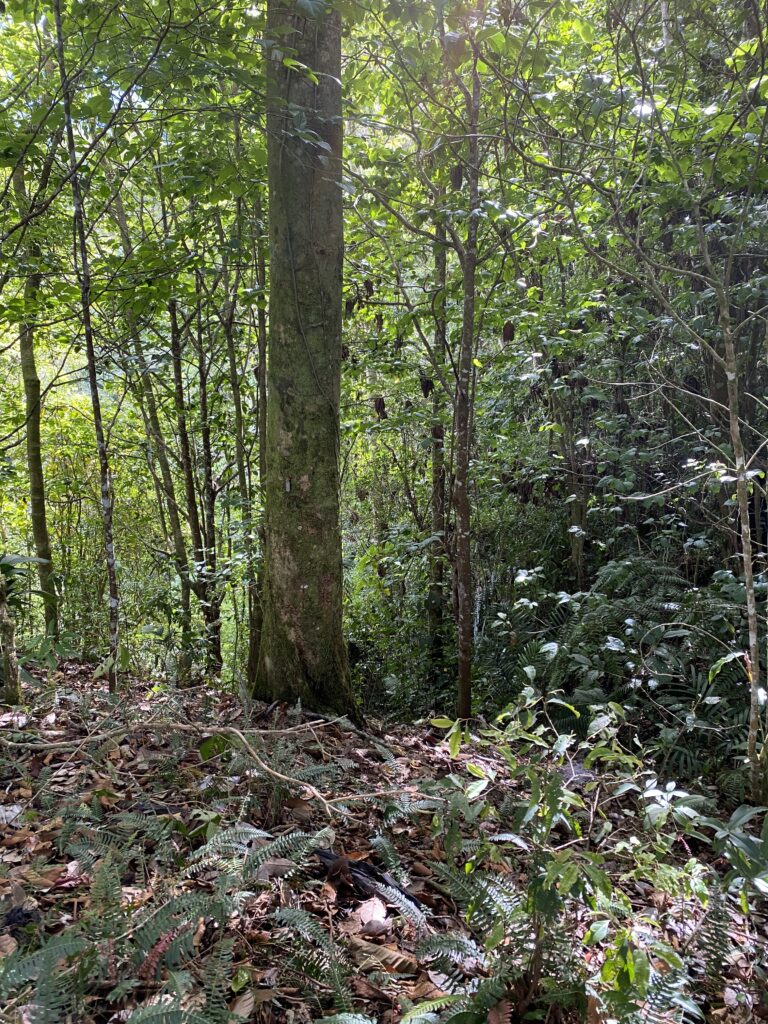
As most people know, Cloudbridge Nature Reserve historically should be a lush cloud forest, one of the few that exists in the entire world. Yet, following suit with the trend that we’ve seen on just about every continent, deforestation happened here, too. Beginning several decades ago until relatively recently, the property that is now known as Cloudbridge was almost completely converted to pasture land. The trees were few and far between, and the once wild landscape was transformed into cultivation land. After the property was purchased and turned into a nature reserve in 2002, the reforestation and regeneration process began.
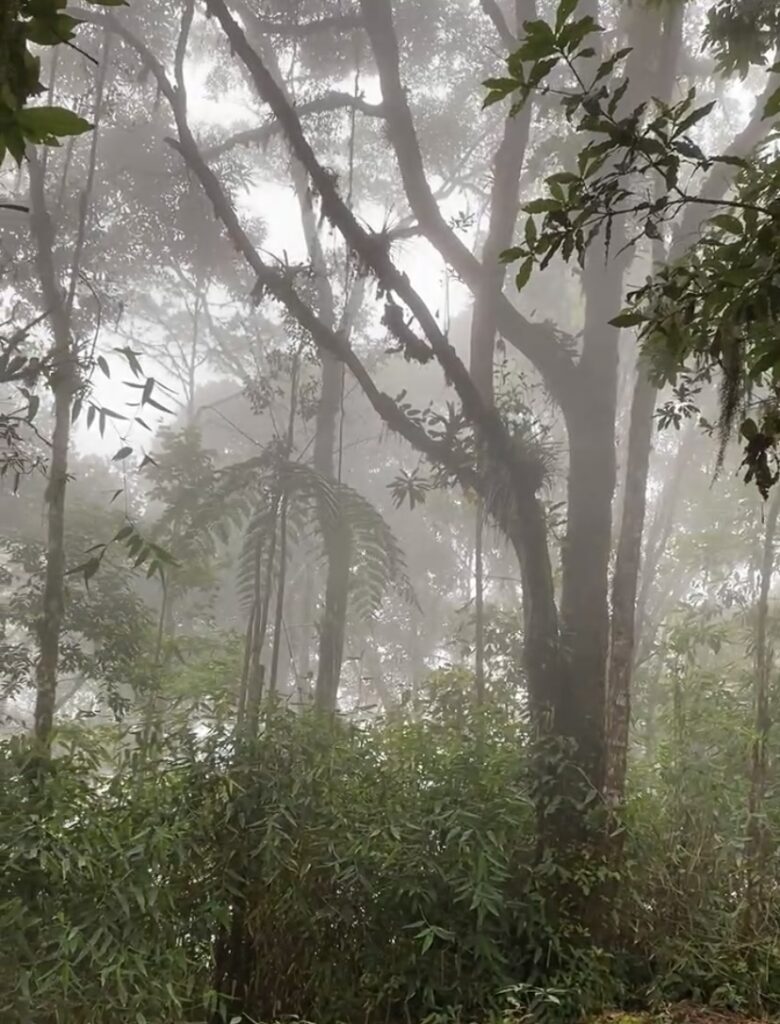
Like mentioned above, tropical climates are exceedingly fast growing environments. Upon visiting Cloudbridge today, it might be hard to believe that just a mere 20 years ago, this now rich and vibrant forest was essentially non-existent. But can a forest really grow back in just 20 years? In discussions about deforestation, we’re used to hearing that these ecosystems can take several decades to regenerate back to normal, as the native flora and fauna have to put in effort to bounce back to life after being neglected.
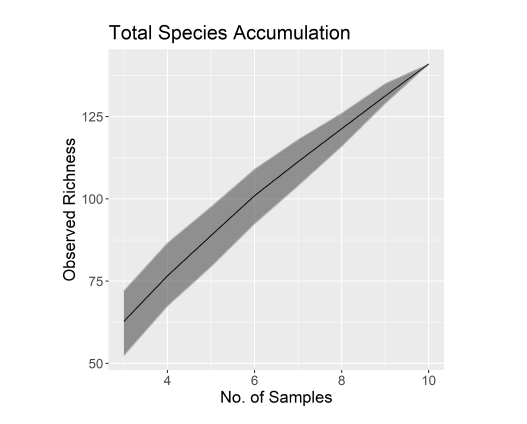
Suggested Reading:
- What’s the best way to reforest a deforested area? Well, the answer may be to just leave it alone! An intriguing study was published by the journal Science that explains how maybe the best thing humans can do to support a regrowing forest is nothing at all.
- It’s supposedly a known «fact» that nutrients in the soil are completely vital to the growth rate and success of trees in forests. However, a study done from the Smithsonian Institution in Panama detected otherwise, suggesting that maybe we’re not as knowledgeable about forest ecosystems as we once thought.
- You may have seen the word «understory» and been unsure what exactly that refers to. Really, that’s a blanket term for several different layers that make up the under parts of a forest. There are actually 7 layers of a forest, with potentially 9 in some cases, that create these beautiful and intricate ecosystems.

